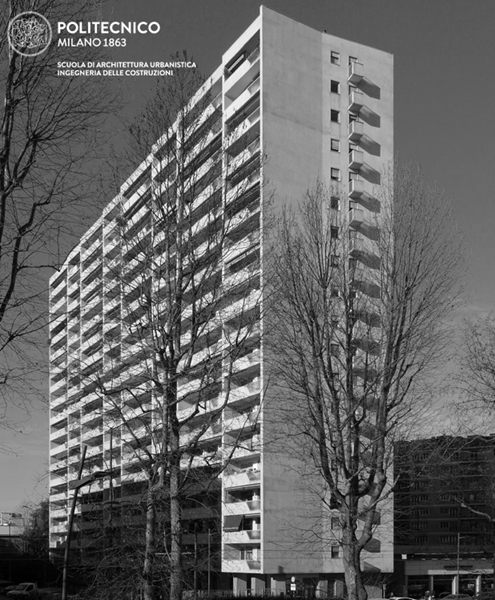Palazzo INA at risk

The recent administrative simplifications ask for urgent protection of a masterpiece by Piero Bottoni, an important asset for the history of the city of Milan, due to the building’s particularly important interest in 20th century Italian architectural culture.
Support us (the school of Architechture at Politecnico Milano) in the procedure to declare the building known as “Palazzo INA”, designed by the architect Piero Bottoni and built in Corso Sempione between 1953 and 1958, to be of cultural interest pursuant to Article 10, paragraph 3, letter d) and Article 13 of Legislative Decree 42/2004.
The unique cultural value of this work is expressed in the complexity of the themes it addresses. The history of town planning and modern architecture finds in this building an exceptional experiment, in which the role of construction at height becomes a concrete opportunity to characterize the urban landscape, reminiscent of the experimentation of rationalist Green Milan.
The large white blade, perpendicular to the boulevard of the Sempione axis, addresses one of the great themes of urban design in the post-war reconstruction plans, namely the relationship with the idea of the street, mediated in this project, as in the well-known Corso Buenos Aires complex, by a lower body. The modern city and its important volumetry are thus confronted with the idea of the historical city, returning an example that is still studied and re-proposed. This open and close relationship with the city is expressed in the life of the distribution portico on the ground floor, a masterpiece down to the material detail.
Its exceptional size and the urban scale imposed by its placement in the city make it a leading visual reference for the entire urban context, and its residential function resolves its architectural design with the rhythm of human scale. The two different solutions of the long main fronts tell of an opening towards the heart of the city and a more turreted image for those arriving from outside. These façades are the result of a wider research on living which is expressed in an exemplary distribution which, by alternating types of different sizes, gives the façade the movement that characterizes an image which is now an essential part of the landscape of this part of the city.
The building, which is still perfectly preserved today, has become a landmark in the skyline of contemporary Milan and at the same time is an unmistakable element of that stretch of Corso Sempione, with its high monumental value, which sees in sequence the Palazzo RAI by Gio Ponti, the Palazzo INA, the Casa Rustici by Pietro Lingeri and Giuseppe Terragni and the Palazzo Vespa of Piaggio by Luigi Vietti.
Bottoni’s Palazzo INA is therefore one of the most important buildings in Milan in the 1950s, due to the unique and exceptional character it has taken on in the history and collective image of the city. Its excellent state of conservation makes the building a unique physical testimony to the cultural context of a 20th century period in which the arts, architecture and town planning effectively combined a social role in the formation of the city that was reflected in the construction details and refined material details.
Sign here the petition for the protection of Piero Bottoni’s INA building in Corso Sempione in Milan https://forms.office.com/r/AmYrLkRb8M

